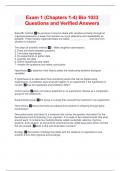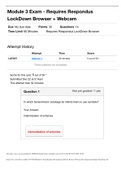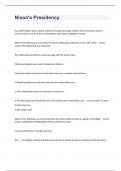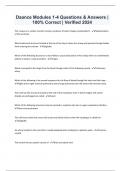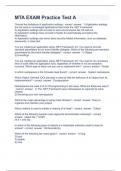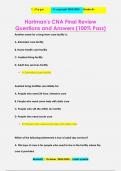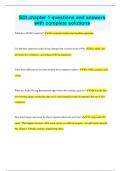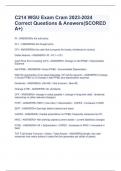Exam (elaborations)
Exam 1 (Chapters 1-4) Bio 1033 Questions and Verified Answers
- Course
- Institution
Scientific method the process of science deals with variation primarily through an organized sequence of steps that maintain as much objectivity and repeatability as possible. These loosely-organized steps are called ______________ and vary from situation to situation The steps of scientific metho...
[Show more]
